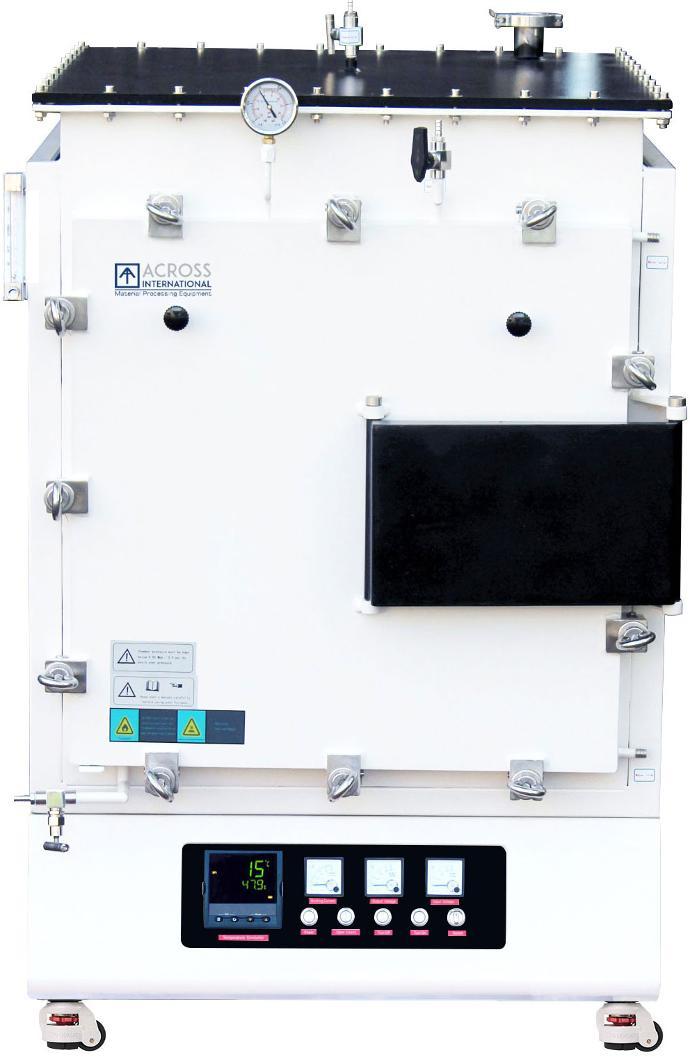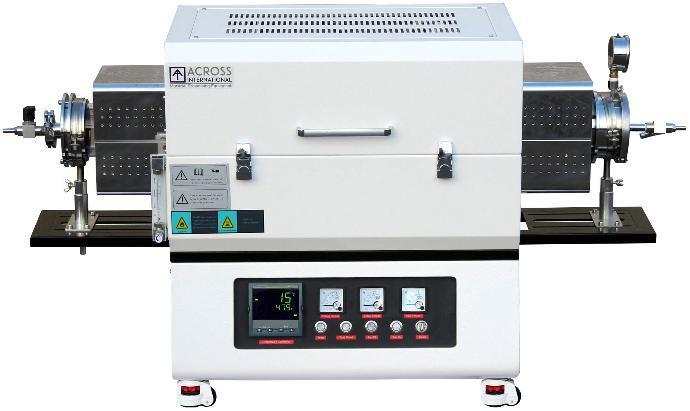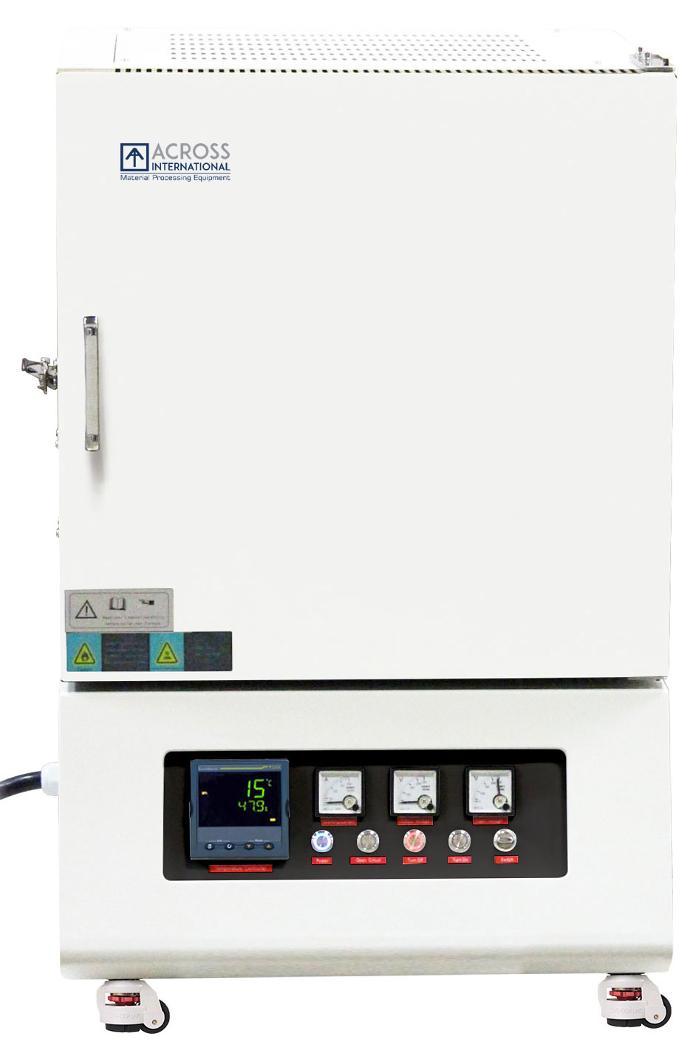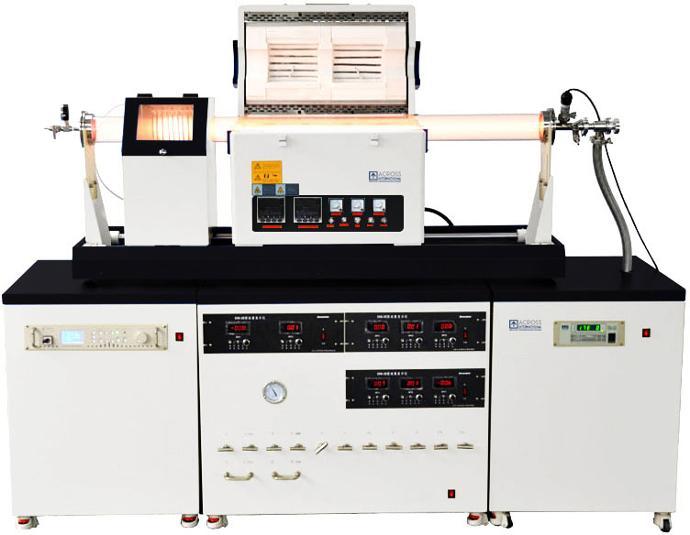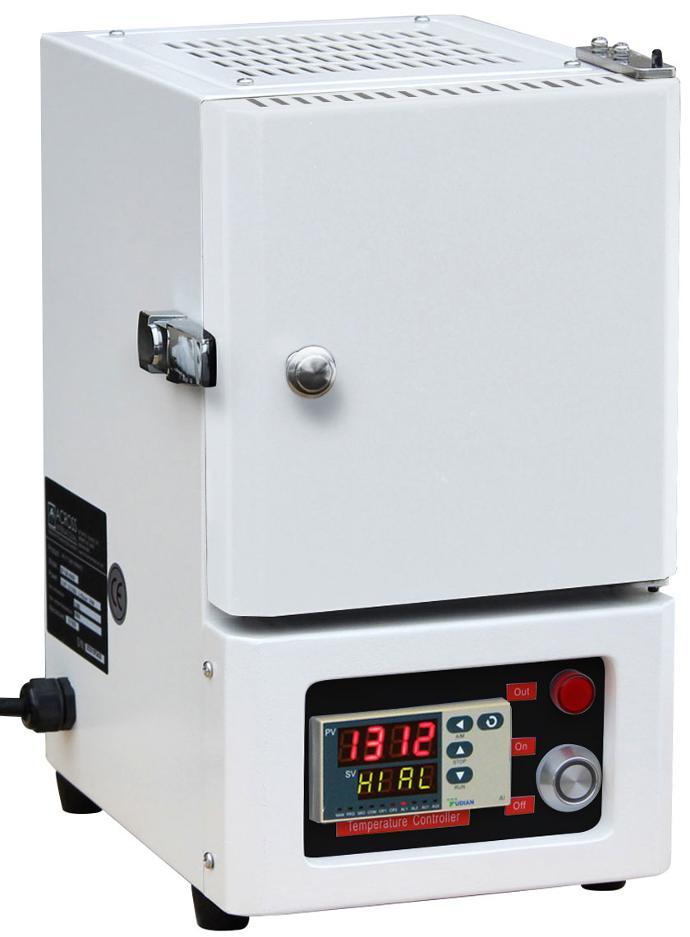Laboratory furnaces are essential tools typically used for scientific and industrial domains and facilitating critical processes like heat treatment, annealing, sintering, ashing, and melting.
There are many diverse types on its own, such as the muffle, tube, box, and vacuum. Understanding each of their nuances is essential to achieve precise temperature control as well as optimal outcomes. Using laboratory furnaces also requires precise adherence to safety protocols, maintenance schedules, and emerging technologies.
As these furnaces evolve to meet growing demands, comprehending their functionalities is pivotal for navigating future trends effectively.
Different Types of Laboratory Furnaces
Laboratory furnaces are vital for precise heat treatments, melting, and material processing required in scientific research and industrial production. Understanding various laboratory furnaces such as the muffle, tube, box, and vacuum is crucial due to their specialised functions in different processes. Each type operates differently, requiring specific knowledge for temperature control and optimal outcomes in research and manufacturing applications.
- Controlled Atmosphere Furnace
A Controlled Atmosphere Furnace is a type of laboratory furnace designed with an insulated chamber to ensure uniform heating without direct contact between the heating element and the sample. It is used in various industries such as:
1. Materials Science: It is crucial for heat treatment processes like annealing and sintering, ensuring material properties meet desired specifications.
2. Chemical: It is utilised for ashing processes in analytical chemistry, aiding in the determination of material composition.
3. Ceramics: Used for firing ceramics, it ensures even and controlled heating to achieve desired structural integrity.
4. Metallurgy: Used for the controlled melting of metals and alloys, it is essential in alloy production and metallurgical research.
5. Pharmaceutical: Used for processes like drying and sterilisation of lab equipment and samples, maintaining purity and integrity.
Overall, controlled atmosphere furnaces serve as necessary tools for precise temperature control and uniform heating for various scientific and industrial processes.
- Tube Furnace
Tube furnaces consist of a cylindrical heating chamber encased in a refractory material, often quartz or ceramic, allowing for controlled heating up to high temperatures. A heating element lines the chamber's length, while the sample is placed inside a quartz or ceramic tube, ensuring uniform heating.
These furnaces offer precise temperature control and inert atmospheres, making them ideal for processes like chemical vapour deposition, thermal decomposition, and annealing. In research and materials development, tube furnaces are essential for synthesising nanoparticles, growing thin films, and conducting experiments requiring controlled reactions at elevated temperatures, facilitating advancements in various fields.
- Muffle Furnace
Muffle furnaces feature a rectangular chamber, typically constructed with refractory materials to withstand high temperatures. Heating elements are strategically designed around the chamber, ensuring uniform heat distribution. A muffle furnace offers versatility for various applications such as annealing, brazing, and tempering, making them indispensable in heat treatment processes.
Known for their rectangular chamber and robust construction, box furnaces play a role in heat treatment, ceramics, and metallurgical processes. They provide controlled heating environments for metals and ceramics, ensuring desired material properties.
In metallurgy, muffle furnaces facilitate controlled melting of metals and alloys. While in ceramics, they aid in the firing process to achieve structural integrity. Their versatility and reliability make them indispensable tools for precise temperature control and uniform heating for producing high-quality materials.
- Vacuum Furnace
A vacuum furnace creates a controlled atmosphere devoid of air, minimising oxidation and contamination during heating processes. By removing gases, it facilitates clean and precise treatments like brazing, sintering, and heat treating metals. This prevents surface reactions, ensuring superior material quality and enhanced properties.
Crucial in advanced material processing, vacuum furnaces are used in the aerospace industry as they operate in oxygen-free environments. Because of this, vacuum furnaces enable clean, precise heat treatments of aerospace-grade alloys, crucial for enhancing material properties such as strength and durability. Vacuum conditions ensure components meet stringent quality standards for aerospace applications.
From heat treating turbine blades to brazing critical components, vacuum furnaces manufacture aerospace parts with exceptional mechanical properties, contributing to the safety and reliability of aircrafts and spacecrafts in the demanding environments of aerospace operations.
- High-Temperature Furnace
- Deeper exploration of furnaces designed for extreme temperature ranges.
- Real-world scenarios highlighting their significance in high-temperature research and industrial applications.
High-temperature furnaces are engineered to withstand and operate within extreme temperature ranges, often exceeding 2000°C (3632°F). Constructed with specialised refractory materials and insulation, they ensure structural integrity and heat containment, enabling precise heat treatments, materials synthesis, and research applications requiring high temperatures in many settings.
High-temperature furnaces play a significant role in numerous scenarios in both research and industry. In materials science, high-temperature furnaces enable the synthesis of advanced materials like ceramics and superalloys, essential for aerospace and automotive industries demanding high-temperature performance.
Whereas, in metallurgy, high-temperature furnaces facilitate the production of high-quality steel and alloys for critical applications such as turbine components and medical implants. Additionally, in research, high-temperature furnaces are indispensable for studying extreme environments, simulating conditions found in volcanoes, outer space, or nuclear reactors, leading to advancements in various scientific disciplines.
What are the uses and applications of furnaces?
Laboratory furnaces play a vital role in scientific research, enabling processes such as annealing, sintering, and heat treatment. Understanding their applications is crucial for accurate experimentation and innovative discoveries.
- Heat Treatment
Laboratory furnaces are essential for precise heat treatment processes like annealing, tempering, and quenching, crucial in altering material properties such as hardness, strength, and ductility. These are fundamental in manufacturing high-performance components for industries like automotive, aerospace, and toolmaking, ensuring optimal material performance and durability.
From aerospace alloys to surgical instruments, diverse materials benefit from precise heat treatment using laboratory equipment. Heat treatment enhances properties like hardness, strength, and corrosion resistance, ensuring superior performance and longevity in critical applications across industries.
- Annealing and Sintering
Laboratory furnaces facilitate annealing, restoring material ductility, and sintering, bonding particles at elevated temperatures. These processes improve material properties, vital in manufacturing components for various industries.
Laboratory furnaces play pivotal roles in metallurgy, refining alloys for aerospace components; ceramics, firing pottery with precision; and powder metallurgy, sintering metal powders to craft durable parts for automotive and medical industries.
- Ashing
Ashing is the combustion of organic material to leave behind inorganic residue for chemical analysis. As a crucial analytical chemistry process, ashing employs laboratory furnaces to combust organic material, leaving behind inorganic residue for further analysis. Controlled heating ensures complete combustion, aiding in determining the elemental composition of samples.
Ashing is significant in industries like pharmaceuticals, food and beverage, and environmental testing for quality control and analysis of ingredients, contaminants, and pollutants, ensuring regulatory compliance and product safety.
- Melting
Laboratory furnaces facilitate material melting processes crucial in metallurgy, glassmaking, and ceramics production. By providing controlled heating environments, they melt metals, glass, and ceramics to create moulds, components, and products essential across industries.
Laboratory furnaces play a vital role in metal casting, enabling precise melting of metals and alloys for mould making and component fabrication. They facilitate alloy development, ensuring desired material properties for diverse industrial applications.
Tips of Effective Use of Laboratory Furnaces
Learning effective use tips for laboratory furnaces is crucial for ensuring accurate experimentation, optimal performance, and safety in scientific research and industrial processes, ultimately enhancing productivity and achieving desired outcomes.
1. Temperature Control and Calibration
Temperature control and calibration are critical for effective use of laboratory furnaces. Proper calibration ensures accuracy in temperature settings, crucial for reliable results and reproducibility in experiments. Precise temperature control prevents overheating or underheating, optimising processes such as annealing, sintering, and melting for desired outcomes in research and manufacturing.
- Calibrate the furnace with a certified reference thermometer.
- Adjust the furnace temperature settings to match the reference thermometer readings.
- Run calibration tests at different temperature points to ensure consistency and accuracy.
- Make any necessary adjustments to the furnace settings to achieve precise temperature control.
2. Safety Protocols
- Ensure a safe furnace operation by wearing appropriate protective equipment, following manufacturer instructions, and maintaining a clutter-free workspace.
- Regularly inspect equipment for signs of damage.
- Use proper handling techniques, and establish emergency procedures, including fire extinguisher placement and evacuation routes.
Proper ventilation is also crucial when using laboratory furnaces to mitigate exposure to potentially harmful fumes. Ensure adequate airflow in the workspace and use fume hoods if necessary. Establish emergency procedures for fire incidents, including evacuation routes, fire extinguisher locations, and contacting emergency services.
3. Maintenance Best Practices
To ensure laboratory furnaces stay in top condition, here are a few tips:
- Regularly clean furnace chambers and components using appropriate solvents and brushes. Inspect heating elements, thermocouples, and insulation for signs of wear or damage.
- Verify calibration periodically and recalibrate if necessary.
- Lubricate moving parts as recommended by the manufacturer.
- Keep a log of maintenance activities for reference and scheduling future tasks.
Scheduled checks ensure early detection of potential issues, allowing for timely maintenance and repair. This proactive approach prevents minor problems from escalating, extending the lifespan of the laboratory furnace equipment.
Conclusion
Laboratory furnaces are significant for precise heat treatment processes in many industries. Understanding the different types and their functions enable accurate research and innovative discoveries across many industries. Their specific functions in the laboratory such as heat treatment, annealing, sintering, ashing, and melting require proper maintenance and scheduled checks in order to prevent minor problems from escalating and ensure optimal performance and safety. At Across International, we offer quality laboratory furnaces in Australia. For more inquiries, you may contact us at 1300 118 228 or email at Info@AcrossInternational.com.au.
